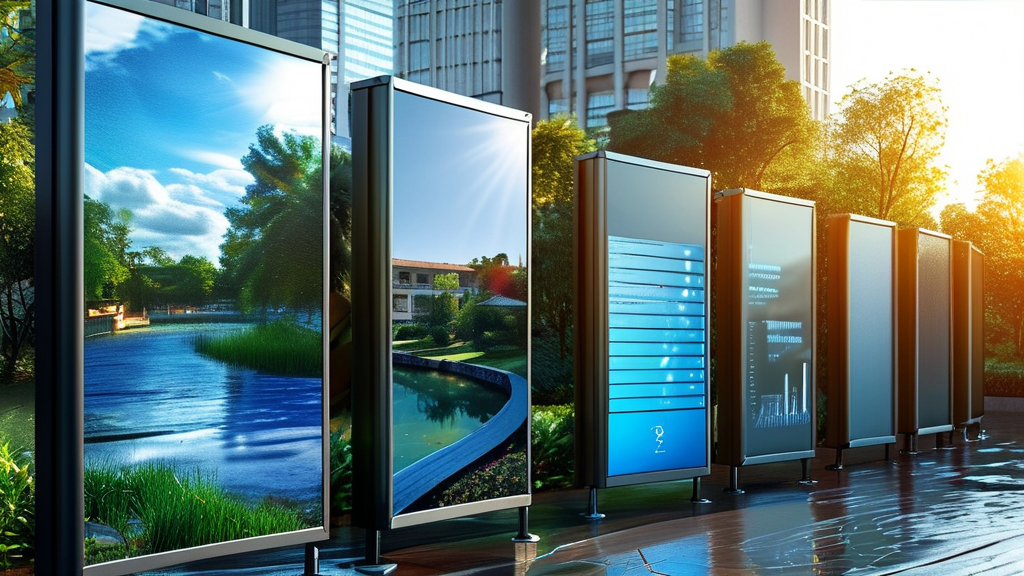From sunshine and rain to intelligent monitoring: a full analysis of the evolution of outdoor screen protection technology
I. System planning and installation preparation
existLED outdoor screenTotal Life Cycle ManagementThe preliminary planning determines the operational effectiveness of the whole system. Three-dimensional modeling is required to simulate the installation effect, calculate the weight of the screen on the building structure of the impact of the load (it is recommended to reserve 20% safety margin). The protection level must reach IP65 or above, and the power distribution system must be equipped with independent circuit and anti-surge device. Special attention should be paid to the steel structure foundation embedded parts need to be anticorrosion treatment, coastal areas are recommended to use 316L stainless steel material.
1.1 Environmental assessment of the site
The sunlight angle and maximum wind speed data of the installation location need to be measured (it is recommended to keep 10 years of meteorological records), and light pollution assessment is also required for commercial area displays. Foundation bearing capacity test should include permafrost depth detection, and the impact of -40℃ low temperature on electronic components should be considered in the northern region.
Second, the implementation of the main points of professional installation
Laser level shall be used to calibrate the verticality of the frame during installation (error ≤3mm/10m). Module splicing gap must be controlled within the range of 0.1-0.3mm, using a torque wrench to ensure that each locking screw reaches 8-10N-m standard. The power supply cable must use flame retardant RVV wire, signal transmission is recommended to use dual-link redundant design.
2.1 Lightning protection system construction
Three levels of lightning protection are required: building lightning belt (flashover), distribution box SPD module, and equipment end lightning protection terminal. The grounding resistance value should be <4Ω, in rocky areas can be treated with resistor reduction. All metal components need to be connected equipotentially to avoid galvanic corrosion caused by potential difference.
III. Technical specifications for operation and maintenance management
Establish a smart operation and maintenance system to monitor the box temperature (recommended to be maintained at -20℃~50℃) and humidity (<85%RH) in real time through IoT sensors. Perform grayscale correction quarterly, using optical analyzers to maintain chromaticity coordinate error Δxy <0.003. Cleaning operations should use neutral cleaners, prohibit high-pressure water gun direct spray module seams.
3.1 Fault warning mechanisms
Deploying AI diagnostic system to find out abnormal hot spot in advance through thermal imaging analysis. Power supply failure should be switched to the backup line within 30ms, and single-point failure should not affect the overall display function. Establish a spare parts inventory management system, and the reserve of key components should meet the emergency demand for 48 hours.
IV. Upgrading strategies
Retrofit program is required when the lamp bead decays to the initial brightness of 70%. The new COB packaging technology can improve the heat dissipation efficiency of 50%, and the simultaneous upgrade to HDR10 standard can enhance the color performance. Old screen recycling should be classified: aluminum profile recycling rate up to 95%, driver IC needs professional demagnetization treatment.
4.1 Energy Efficiency Optimizationprogrammatic
Adopting dynamic power saving mode can reduce 40% energy consumption, and the intelligent light-sensing adjustment system can automatically match the optimal brightness according to the ambient illumination. It is recommended to replace the traditional power supply with GaN Gallium Nitride power module to increase the conversion efficiency to more than 93%.


